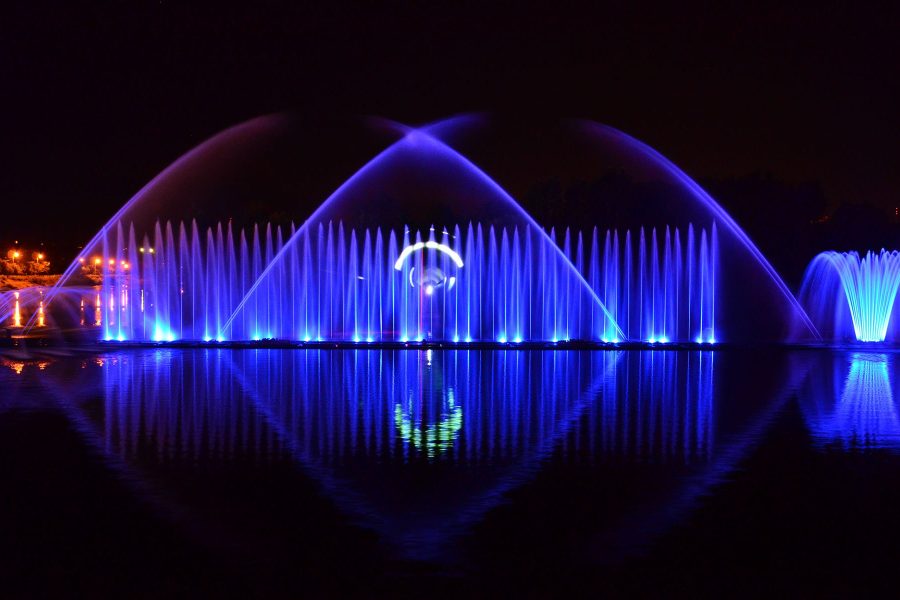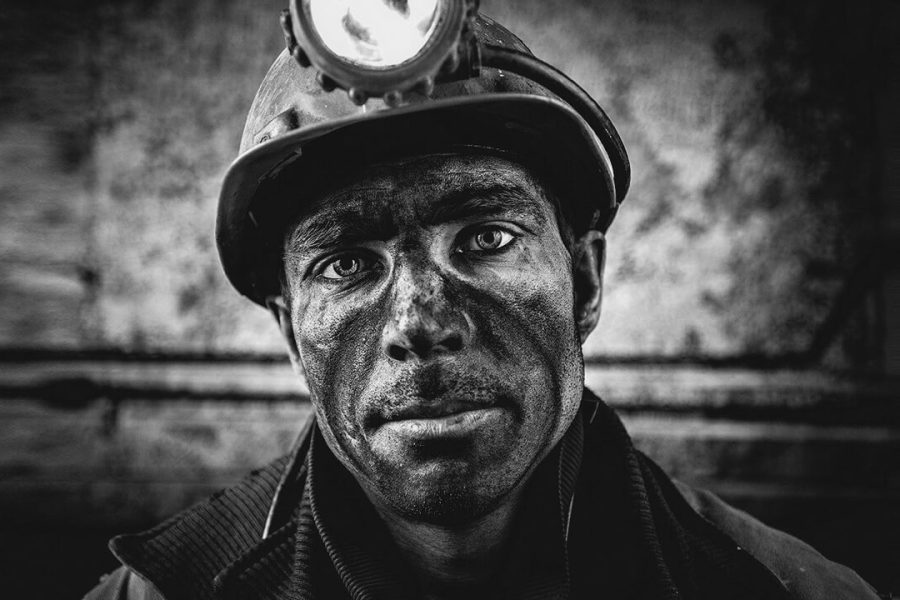
The Great Wall of China is one of the greatest and most famous constructions of mankind. The first step in its construction was made in the 3rd century BC. It was then that, by order of Emperor Qin Shi Huangdi, the construction of the wall began, which in the future was to protect the peaceful people of China from the invasions of enemy nations.
The idea itself was born in Qin Shi Huangdi's head for a reason. Inspired by the example of small Chinese principalities, he decided to build a kind of shield. After all, it was the tradition of enclosing Chinese settlements and northern principalities with protective walls that inspired Emperor Qi to build it. It was precisely during this period that the Chinese state was in dire need of protection. Numerous enemy raids did not allow agriculture and development as the times required.

The Legend of the Great Wall of China
Legends say that the emperor initially sent his army of 300,000 men to undertake the large-scale construction. Working in terrible conditions, with almost no rest, the rank and file began to die suddenly. The reduction in the workforce required replenishment. And then Qin Shi Huangdi sent Chinese citizens to build the protective barrier. According to some sources, the number of workers involved in the construction was one fifth of the entire population of China.
It was during the reign of Emperor Qin that the main section of the wall was erected. Initially, the wall consisted of simple earthen embankments. This is understandable, since the construction implied the unification of already completed walls into one and its extension in the western direction.

It is known that the Great Wall became a cemetery for workers who died during its construction. Their bodies were buried right in the earthen ramparts that had been piled up and work continued. The remains of the builders are still found in the Wall.
There is a legend that the Wall also contains the remains of a certain Wano. Having heard a prophecy that the construction would be completed only after the death of a Chinese man named Wano or the death of 10,000 people, Emperor Qin Shi Huangdi ordered Wano to be found, killed, and his remains hidden in the Wall.
After the end of the Qin Dynasty, subsequent emperors tried to maintain the wall in a fighting condition. However, it was during the Ming Dynasty (1368-1644) that the earthen ramparts were replaced by stone and brick structures. Some sections had to be rebuilt. At the same time, watchtowers appeared on the Great Wall. Naturally, the Chinese needed them to warn of an enemy attack. At night, fire alarms were used (fires were lit on the towers), and smoke alarms were used during the day.

With the coming to power of Emperor Wanli (1572-1620), a new stage of construction began. For a long time, it was believed that the Great Wall of China was actually built by order of Wanli.
Despite all hopes, the huge defensive structure failed to fulfill its defensive purpose. It goes without saying that the wall was not always an insurmountable obstacle for the attacking side. Therefore, after some time, the guards on the watchtowers were no longer watching the approach of the enemy, but the ordinary Chinese. The peasants, exhausted by extortions and excessive work, sought to leave the southern part of China and go over to the north.

The Qing Dynasty destroyed the Great Wall of China
But during the Qing Dynasty (1644-1911), the structure was so neglected that by the beginning of the 20th century, almost nothing remained of the Great Wall of China. The part of the wall near Beijing, called the "gate to the capital", remained intact. And that is because it was used as a road.
Over time, China began to expand its borders in the northern direction and the role of the Great Wall gradually became less and less. And when the need for protection disappeared completely, the Chinese Wall began to be dismantled for building materials. It is unknown what condition it would be in now, if in 1977 the Chinese government had not issued a decree prohibiting damage to the Great Wall of China.

Bringing the Great Wall of China back to life
In 1984, Deng Xiaoping became the organizer of the program to restore the Great Wall of China. Within the framework of this program, funds for restoration were collected not only from legal entities. Anyone could give any amount. But even today, the new seventh wonder of the world needs restoration and support. In one of the regions of the country, Shanxi, there is a 60-kilometer section that has suffered from active erosion. The appearance of erosion was provoked by intensive agricultural methods. In the 1950s, the depletion of underground water led to the region turning into the epicenter of sand storms. Due to this change, more than 40 kilometers of the wall have already collapsed. Only 10 kilometers remain untouched, but even here the height of the wall has already decreased to two meters.
Is the Great Wall of China visible from the Moon?
Today, the Great Wall of China is one of the tourist routes for travelers coming to China. And there is much to see. Starting in the city of Shanhaiguan, the wall, like a snake, winds through half the country to Central China. With a total length of 8851 kilometers, the Wall ends in the city of Jiayuguan. The width of the wall is from five to eight meters, and the height in some places reaches ten meters. For some time, a 750-kilometer-long section of the wall was even used as a road.

Since ancient times, the scale of this structure has been surrounded by fiction and guesswork. For example, back in the 20th century, there was an opinion that the Great Wall of China could be seen even from the Moon. But thanks to the latest technology and human space flights, this myth has been dispelled. Although from orbit, it is quite possible to discern the outlines of the Great Wall of China on the surface of the Earth. It is especially clearly visible in photographs from space satellites.
In 1987, the Great Wall of China was listed as one of the greatest Chinese historical sites by UNESCO as a World Heritage Site. Today, the wall is one of the most visited places. Every year, approximately 40 million tourists come to visit the Great Wall.













